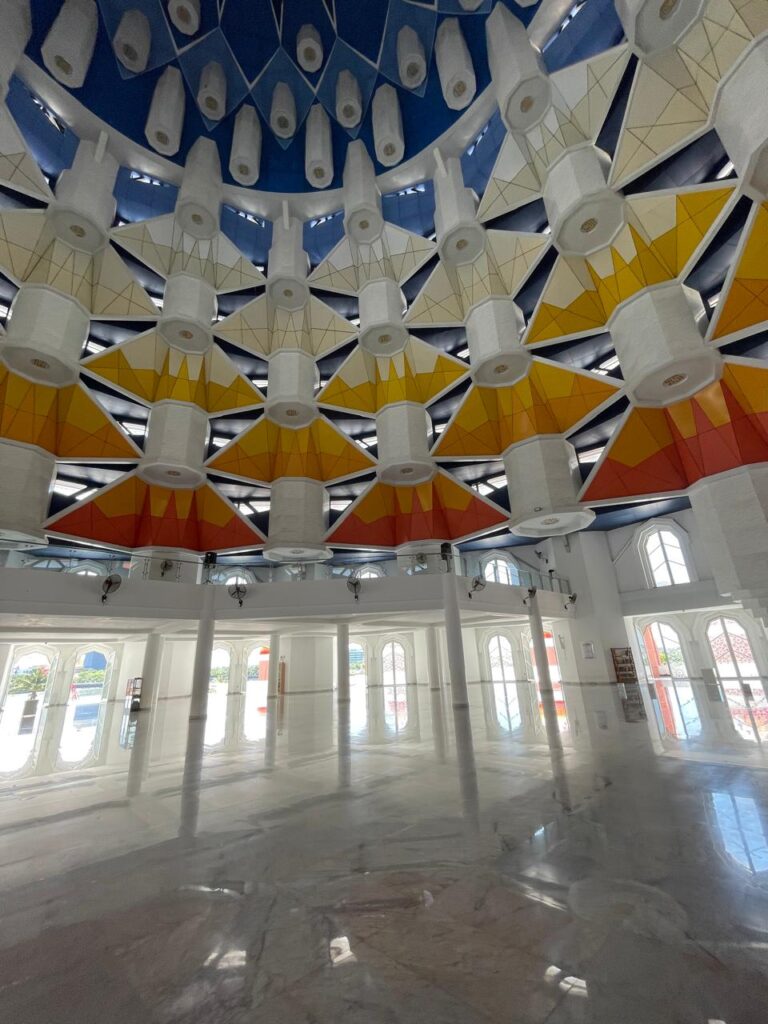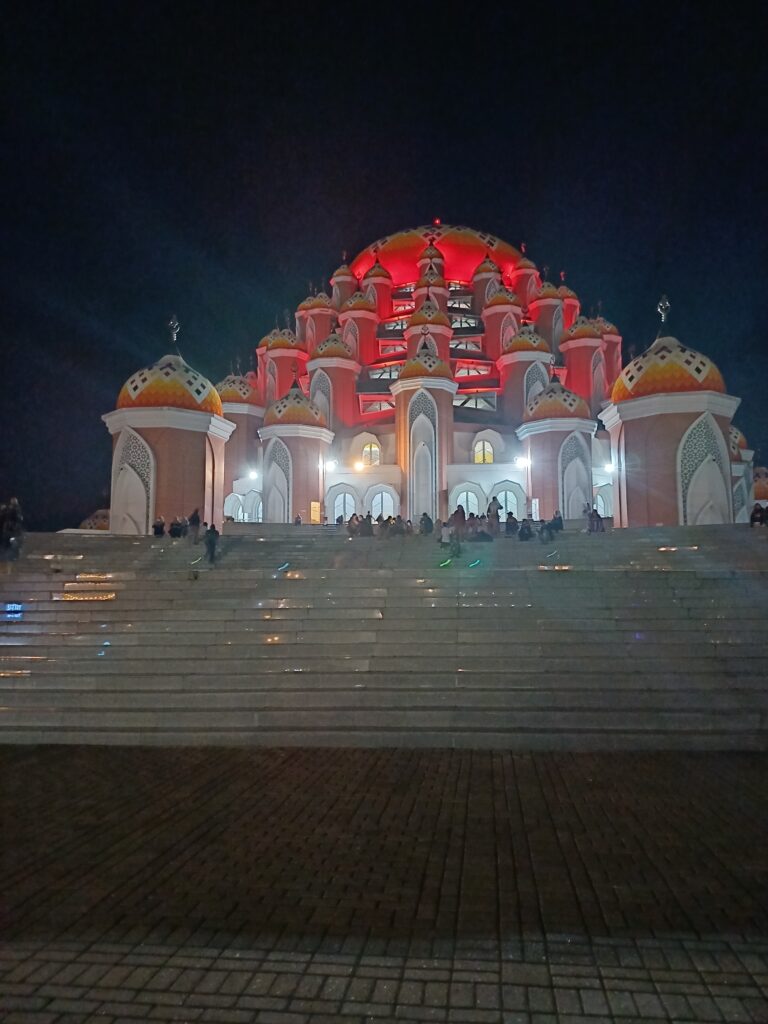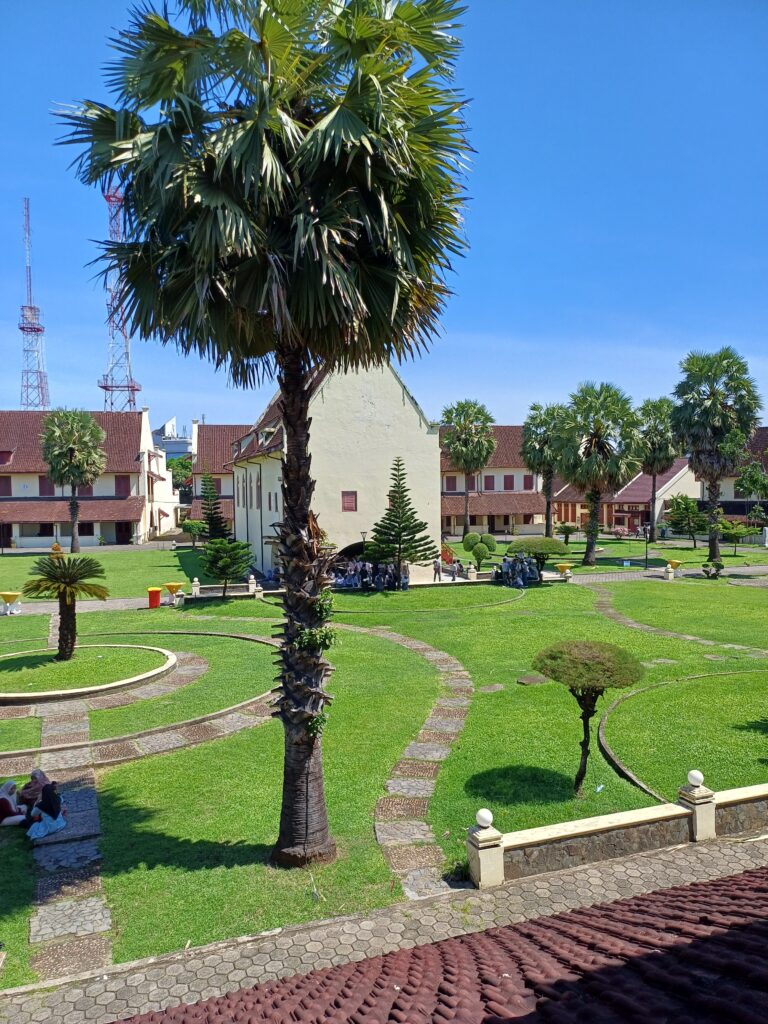Makassar
Makassar: Gateway to South Sulawesi
Date Visited: February 2024
Getting There
Makassar is the largest city in the southern half of Sulawesi, one of the major islands of Indonesia. In fact, Sulawesi is the 11th largest island on the planet. Places like Bali are far more popular with tourists, but Sulawesi has lots of interesting destinations, including lovely beaches and dramatic natural settings. I was only able to visit Makassar for a long weekend, so my explorations were limited, but I was still able to see a few cool things. There are several flights daily from Jakarta, and Makassar is accessible from virtually every city on the archipelago. Round trip airline tickets on budget airlines can be purchased for as little as $180 from Jakarta (as of April 2024). But beware of Sriwijaya Airlines, the carrier on which I bought my original ticket—avoid this disastrous company at all costs, even if you must spend a few extra dollars.
99 Domes Mosque
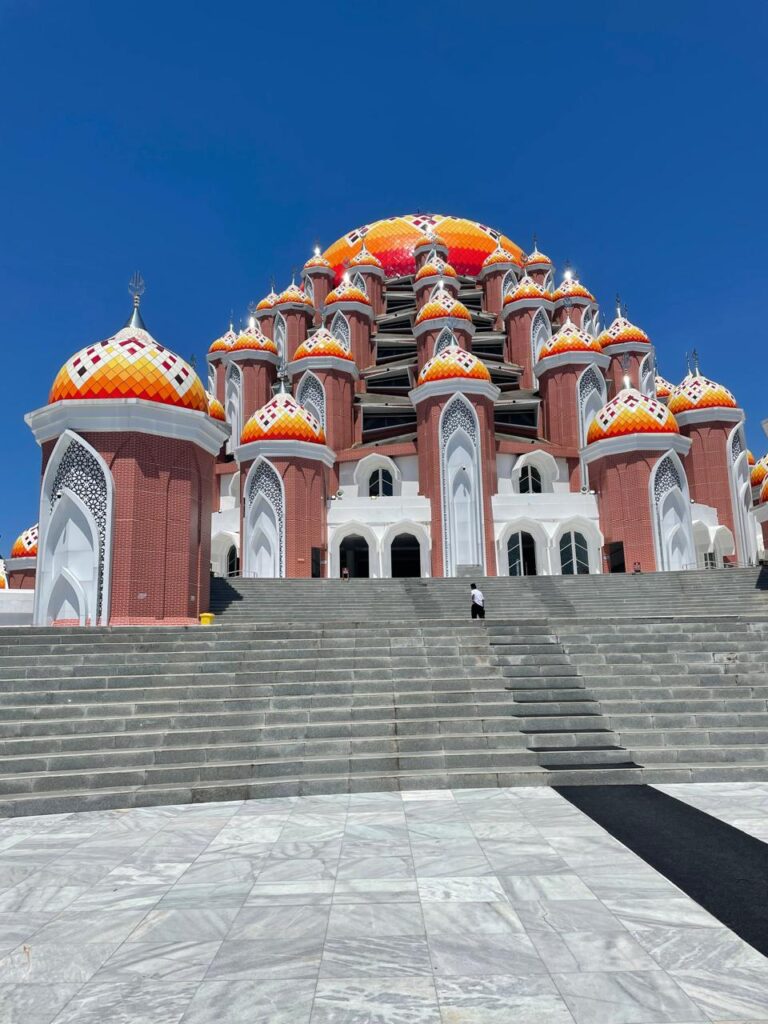

I enjoy the diverse religious architecture you can find throughout Indonesia. The 99 Domes Mosque is one of my absolute favorites. It’s very modern and was completed in 2020 by Ridwan Kamil, the same architect who designed the high rises in which I work and live. The colorful and playful design is a visual delight. The massive interior dome with its intricate geometry is reminiscent of an M.C. Escher illustration, so make sure you take off your shoes and venture inside. It’s also worth visiting at night as the artificial lighting casts the mosque in a rainbow of dramatic hues. The 99 Domes Mosque has received the prestigious Abdullatif Al Fozan Award that rewards innovation and new ideas in mosque design.
Fort Rotterdam
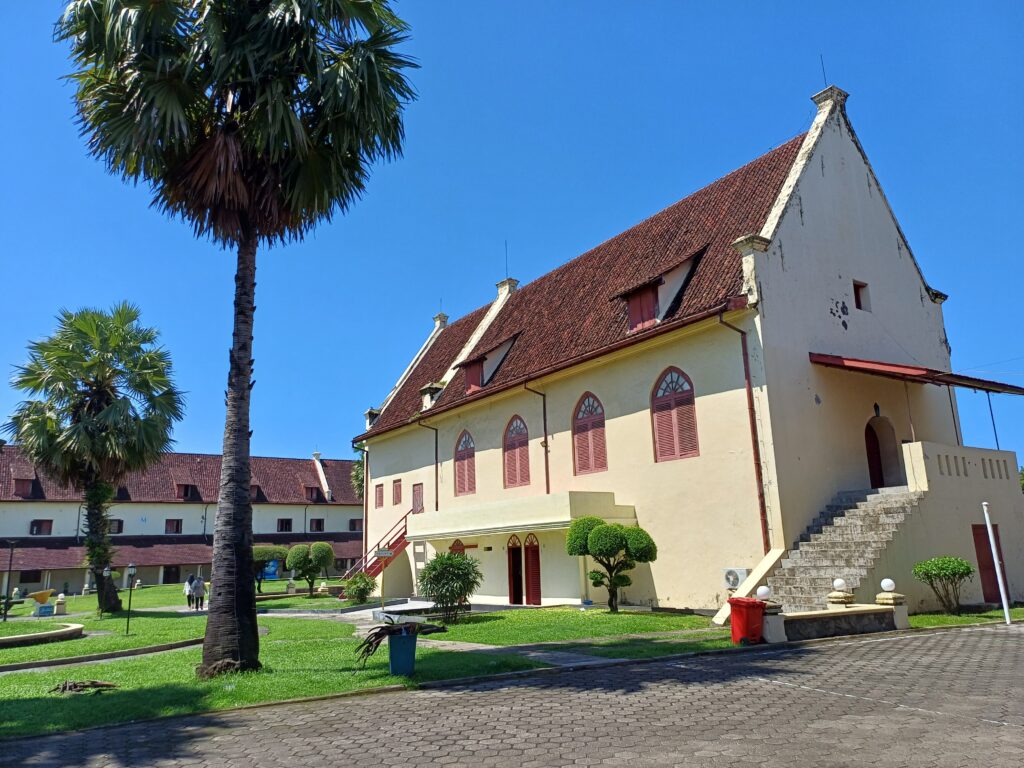
Most of this colonial fortress was constructed by the Dutch in the 17th Century. It was the Dutch military and governmental headquarters for the region until the 1930s. It was restored in the 1970s and now houses a comprehensive museum of local culture/history and serves as venue for cultural events. Worth a quick look.
Vihara Giranaga
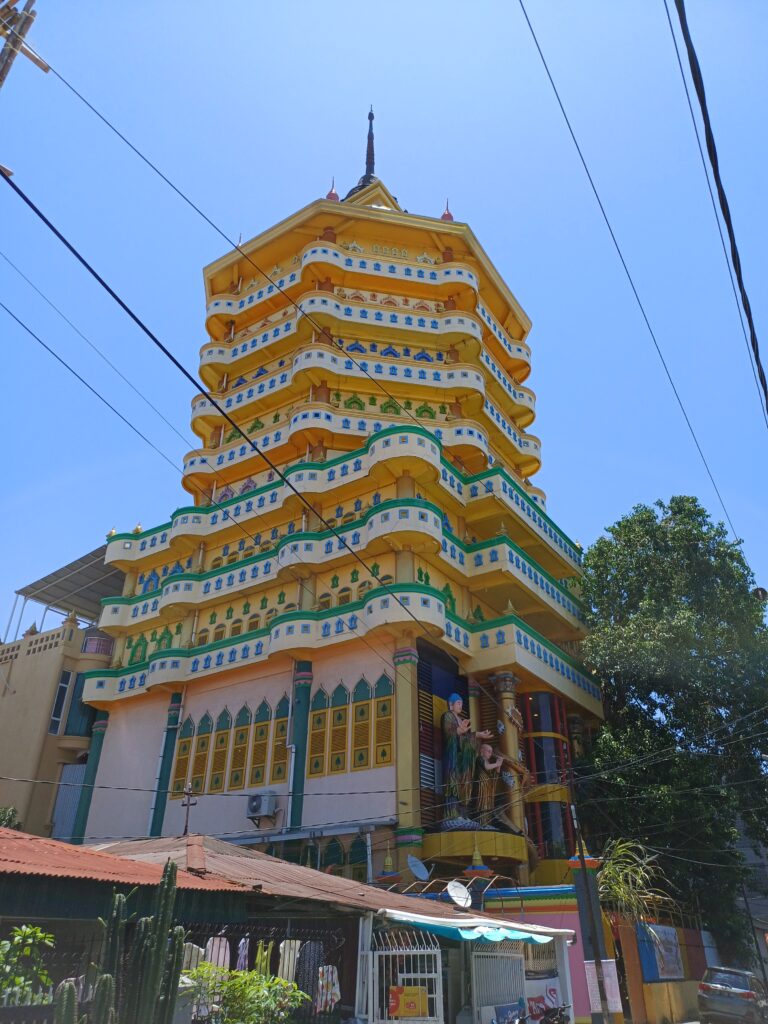
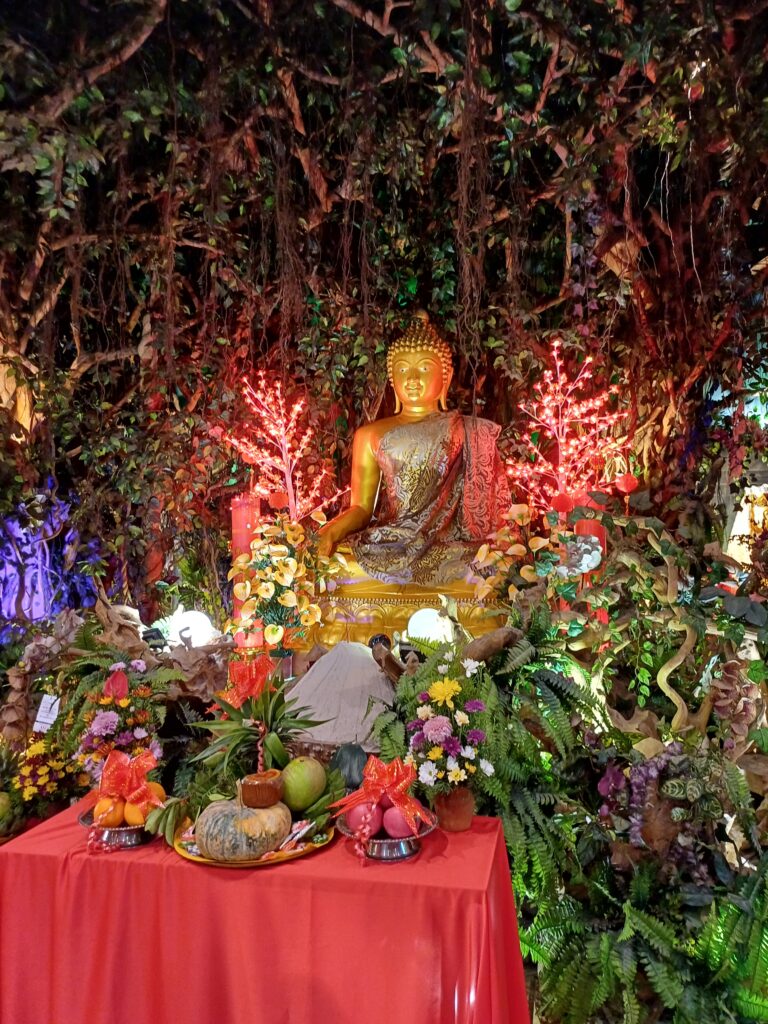
This Buddhist temple is a tall, stately pagoda crammed into a residential neighborhood in Makassar. Beautiful exterior, but I was unable to access the interior when I visited due to repairs. Perhaps you’ll have better luck than I did.
Coto Makassar
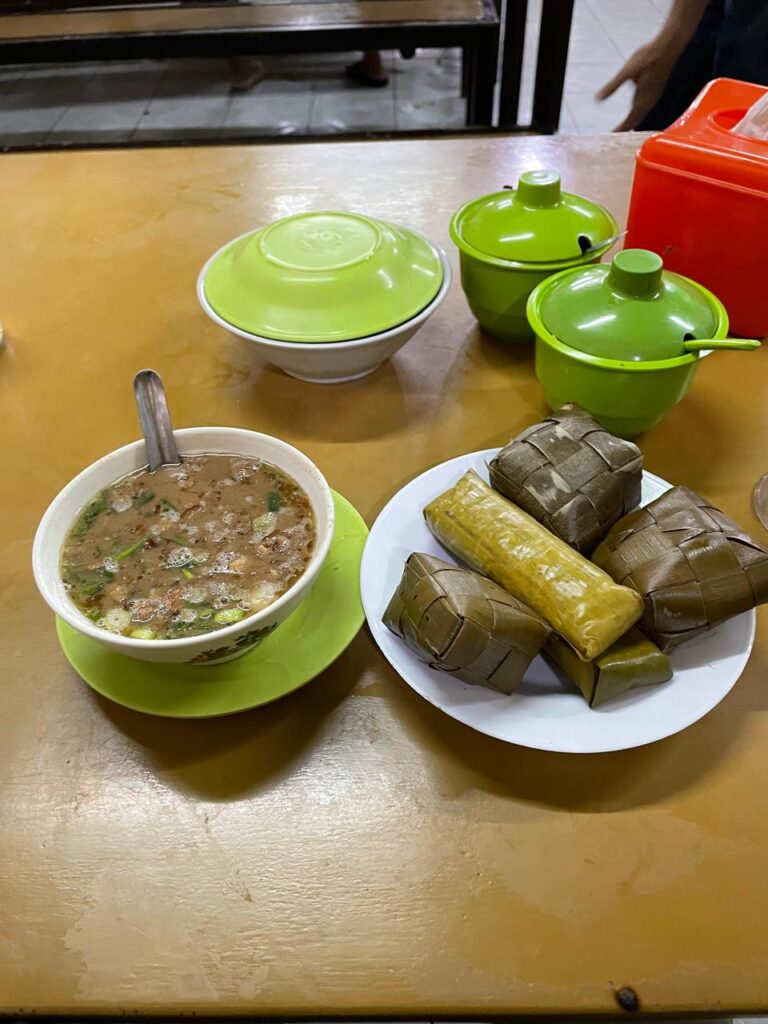
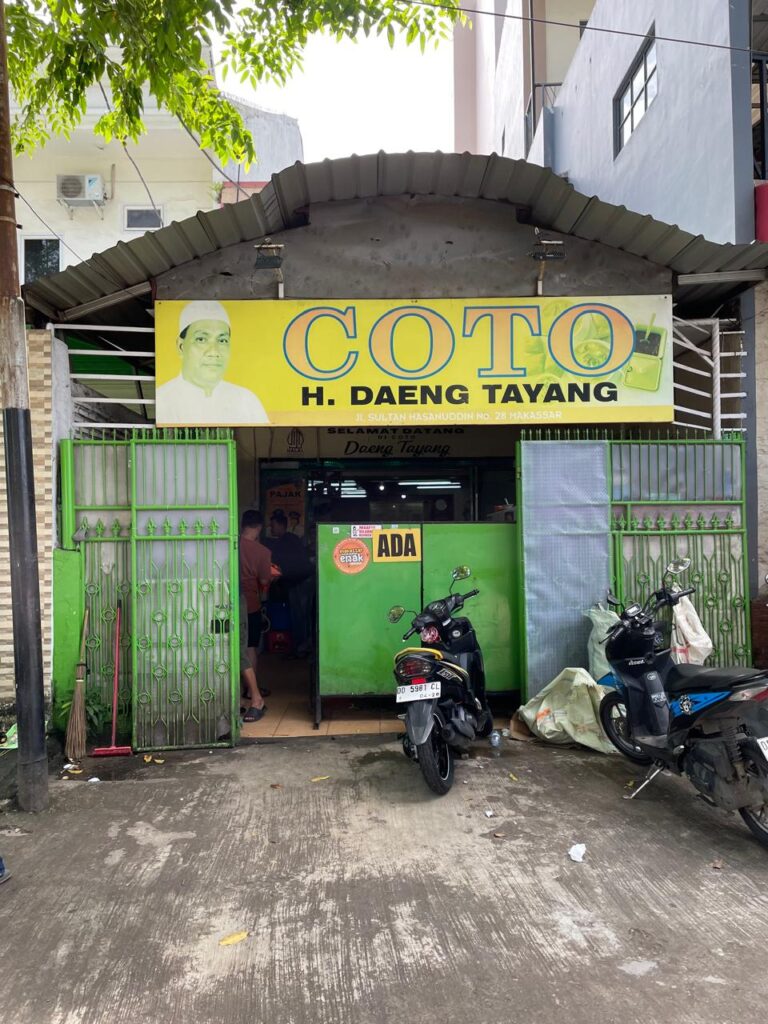
Coto Makassar is the signature dish of the city. It’s beef soup with cumin, clove, pepper, and other spices served with two kinds of rice wrapped in banana leaves. It isn’t aggressively spicy like many traditional Indonesian dishes, so I found it surprisingly pleasant. Most Westerners are not accustomed to eating some of the offal that ends up in the coto, such as tripe and lungs, but I didn’t find the unusual bits to be off-putting, so dive in and enjoy. One of the most popular establishments serving the dish is the decidedly unfancy Coto H. Daeng Tayang located on a busy street in the central city. I visited in mid-afternoon, and it was still crowded with diners at that time. Makassar is also noted for its seafood, and I had a nice meal at one of the many local restaurants serving ocean fare. Finally, make sure you visit one of the street vendors serving Makassar’s famous banana desserts, Pisang Ijo and Pisang Epe. Ijo is more famous, but I much prefer Epe, which is made with grilled bananas and is less sweet.
Day Trips
There are ample opportunities for interesting excursions outside Makassar. The most famous is a trip to Tana Toraja and its traditional Tongkonan houses as well as the unusual ancient burial sites at Lemo and Londa. It’s a fair distance from the city and many of the tours offered are overnight, or even three days. I didn’t have time for a tour this long so I organized an excursion to a different destination that I could complete in five or six hours instead.
I found it easy to create my own excursion. I asked the woman at my hotel front desk how I might hire a car to take me to the places I wished to visit. It turns out that the members of hotel security were available to take visitors in their personal cars on their off days. She connected me with a driver and off we went on my excursion the next day; it’s great because I was in control of the itinerary and the destinations and wasn’t restricted to a fixed agenda from which there could be no deviation. Even better, it cost much less than the tours of the region offered by large tour companies such as Viator.
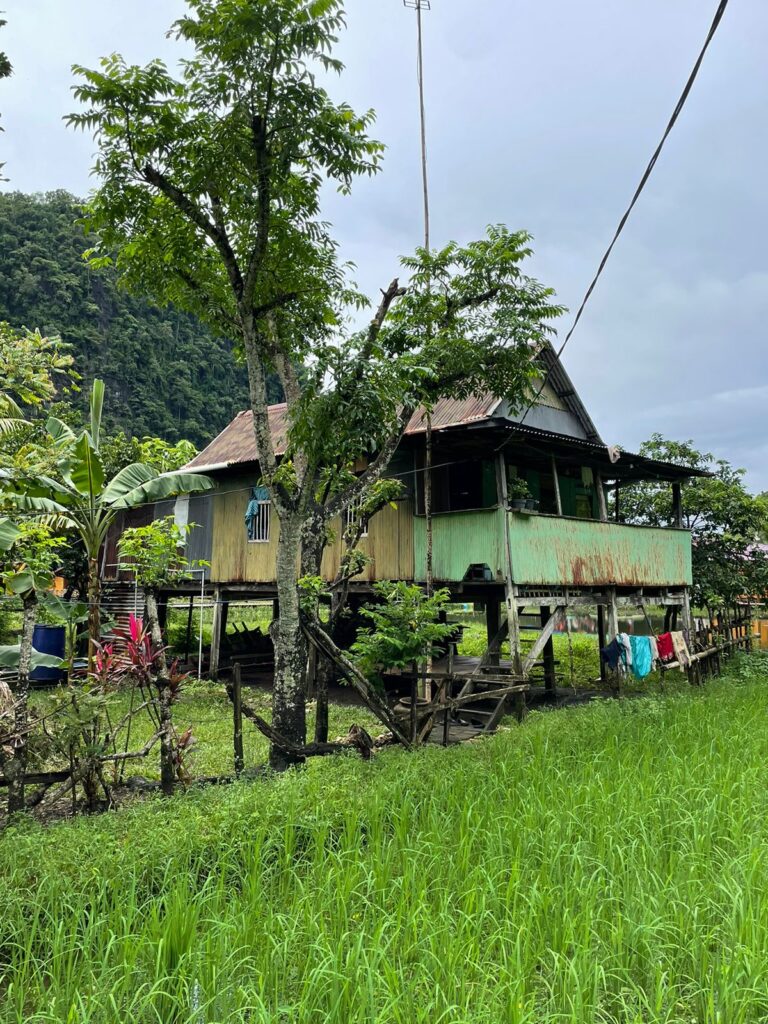
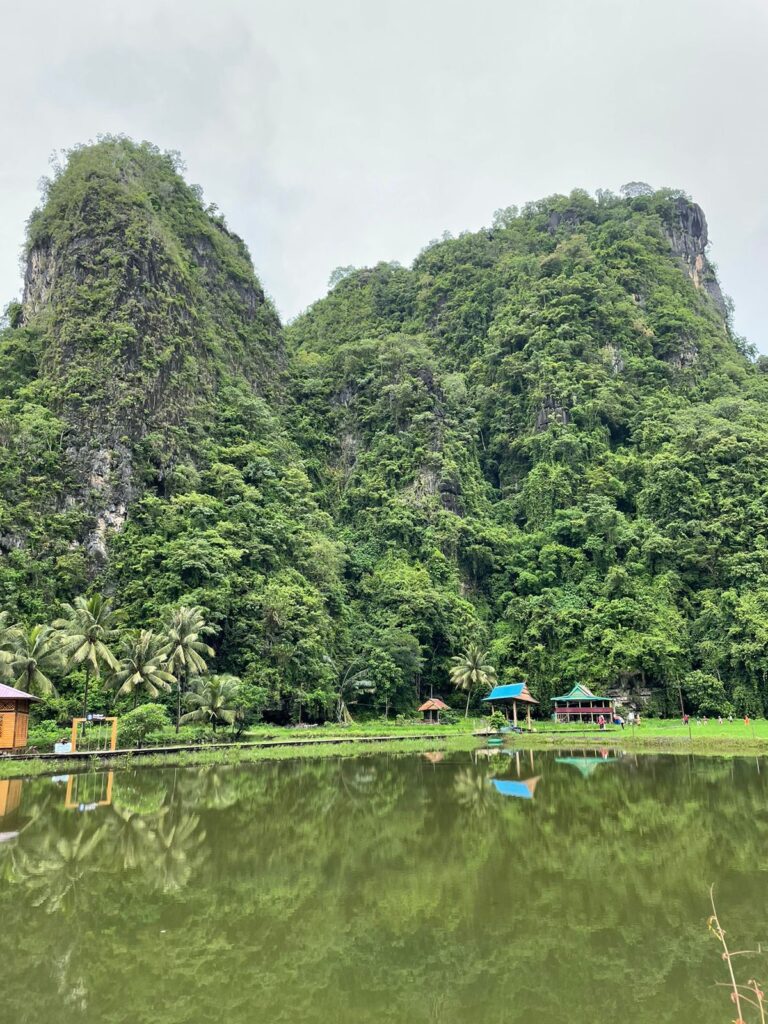
Rammang-Rammang
Pinnacles and mounds of limestone karst make Rammang-Rammang one of Sulawesi’s most photogenic landscapes. It is located about an hour north of Makassar. My driver took me to a boat dock where visitors hire a traditional long boat to transport them upriver to one of the villages deep in the heart of the forest. It’s like a journey into the past as the quaint villages are situated amid rice paddies nestled in the karst mountains. There are no cars, and the traditional life there is little changed over the past few centuries. It’s an incredibly distinctive landscape situated in a relaxed setting that’s the polar opposite of the hectic mayhem of the Jakarta in which I reside.
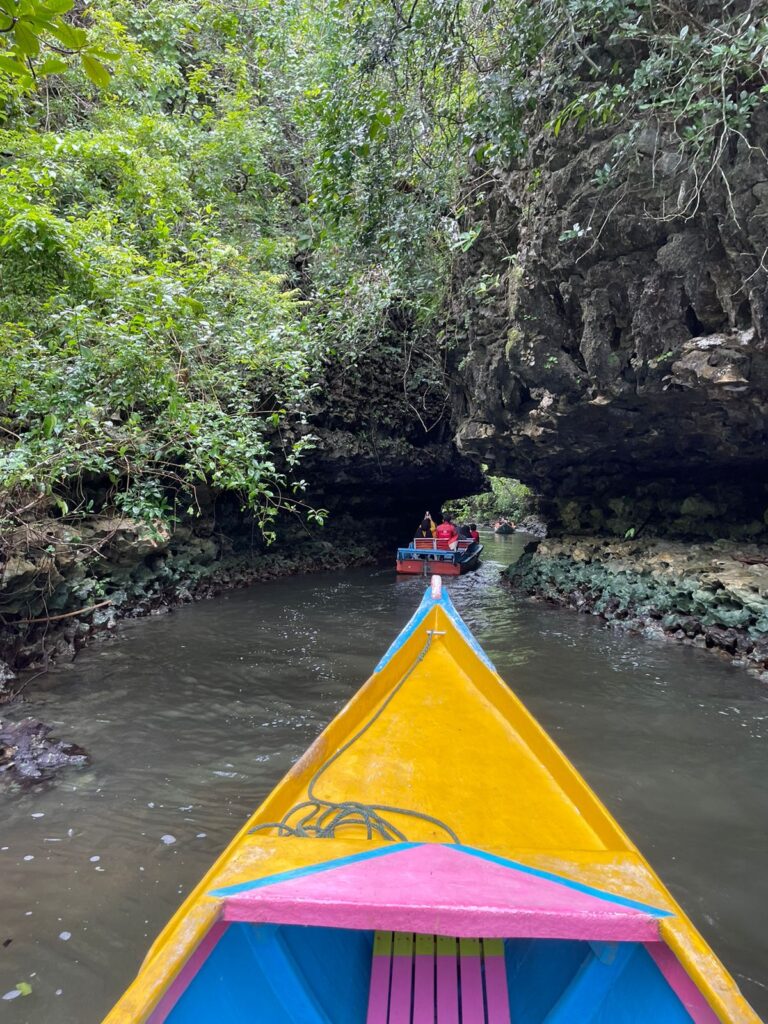
Bantimrung-Bulusaraung National Park
The second place I visited was the raging waterfall nearby at Bantimrung-Bulusaraung National Park. I was there during the rainy season in February when Bantimurung Falls was a raging torrent. If you visit during the dryer months of August and September, you can actually bathe under the waterfall, which is passive and gentle during that time. The park is also known for its diverse populations of butterflies, but I visited when they were sparse. If you are a foreign resident of Indonesia like me, make sure you bring your KITAS papers with you to show the ticket desk. If you can prove residency, admission is $3, but if you are a tourist with only your international passport, the fee is $25. It’s a nice place, but I’m not sure I would go there at that price unless you have an extreme waterfall fetish.
Sulawesi is such a massive and diverse island and I have barely scratched the surface. I would highly recommend a visit there as an alternative to some of Indonesia’s busier attractions.
Gallery
